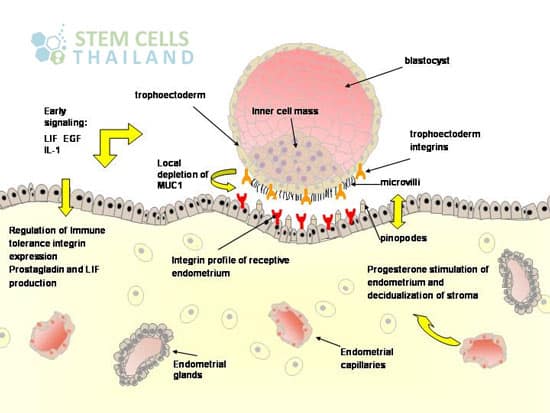
Blastocyst are embryos that has undergone development five or six days post fertilization period. The number of cells that a human blastocyst may contain ranges between 70 and 120. Blastocyst occur after the morula enters the females uterine cavity and develops a fluid-filled cavity. The morula then becomes what appears to be a hollow ball of cells that is also known as a blastocyst.
The development of a blastocyst is a critical stage in early embryonic development. Let’s discuss the key stages leading up to, and including, blastocyst formation, as well as the process of blastocyst transfer:
Blastocyst transfer is a procedure commonly used in in vitro fertilization (IVF) treatments. The process involves:
There are several advantages to transferring embryos at the blastocyst stage:
However, there’s also a risk that none of the embryos will develop into blastocysts, which means there would be nothing to transfer. The decision to conduct a blastocyst transfer is typically made in consultation with fertility specialists, considering various factors including the age of the woman, the quality and number of embryos, and previous IVF outcomes.
Within the blastocyst certain cells group together to form the inner cell mass that later goes on to becomes the embryo.
If you've seen people take ice baths or cold showers and wondered if they're onto… Read More
Immunomodulation stands at the forefront of biomedical research, steering the immune system's ability to fight… Read More
Stem cell research leads the charge in medical innovation, heralding revolutionary advances in regenerative medicine.… Read More
The blood-brain barrier (BBB) is a crucial shield for the brain, regulating the entry of… Read More
While peptide bonds are fundamental to protein structure, their direct relationship with stem cells lies… Read More
When discussing cutting-edge cancer treatments, NK cell therapy stands out due to its unique approach… Read More